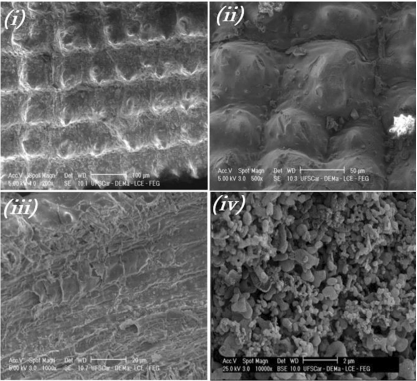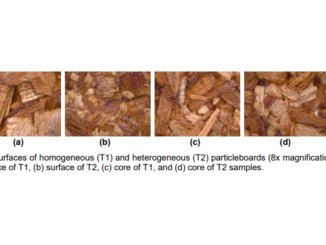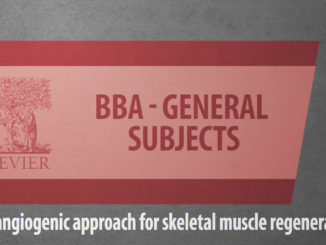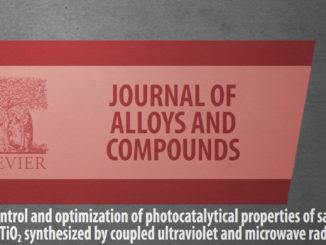
Application of the experimental design in the optimization of a procedure for antimony (Sb) remediation in environmental samples employing mesoporous array
Abstract: This study describes the sustainable and eco-friendly synthesis of the silica-based mesoporous structure from the use of alternative amorphous silica extracted from rice husk ash (RHA). The mesoporous material was called MCM-48 (RHA), and its application as adsorbent to the antimony (Sb) remediation in environmental samples was tested. The adsorbent was prepared by an efficient and sustainable hydrothermal method, which exhibited an amorphous framework with type IV isotherms and type H1 hysteresis, and surface area, total pore volume, and pore diameter values of 820.9 m2 g−1, 0.6 cm3 g−1, and 3.7 nm, respectively. In addition, the MCM-48 (RHA) exhibited a three-dimensional cubic mesostructure (Ia3d space-group symmetry) with a narrow mesopore distribution, uniform spherical particles, and well-defined architecture. Multivariate optimization using a factorial design (24) was employed in the adsorption tests of Sb. The variables evaluated and the optimum conditions obtained were (i) adsorbent mass (45 mg); (ii) adsorption time (115 min); (iii) pH 2; and (iv) Sb initial concentration of 8 mol L−1. In these conditions, we found a maximum adsorption efficiency of Sb in the order of 95%. The adsorbent material proposed in this study proved to be efficient for Sb remediation in water samples under different experimental conditions. A total of five samples were analyzed and Sb concentrations on the order of 8 ppm were added, in which a removal efficiency of Sb raging between 88 and 96% was obtained for the remediation in real samples. In addition, the low cost of the synthesis of MCM-48 (RHA) in combination with its high and fast adsorption capacities offers a great promise for wastewater remediation, which makes it very attractive for environmental approaches.
Author(s): Costa, J. A. S.; Costa, V. C.; de Mello, M. L.; Paranhos, C. M.
Environ Sci Pollut Res
Published: 16 September 2021
DOI: https://doi.org/10.1007/s11356-021-16414-9
CDMF
The CDMF, hosted at the Federal University of São Carlos (UFSCar), is one of the Research, Innovation and Dissemination Centers (RIDC) supported by the São Paulo State Research Support Foundation (Fapesp), and also receives investment from the National Council Scientific and Technological Development (CNPq), from the National Institute of Science and Technology of Materials in Nanotechnology (INCTMN).




